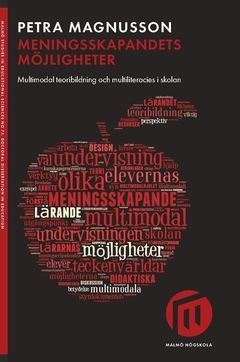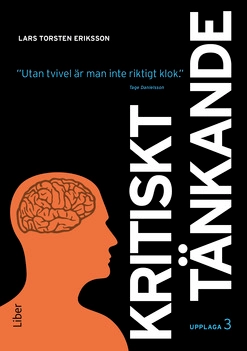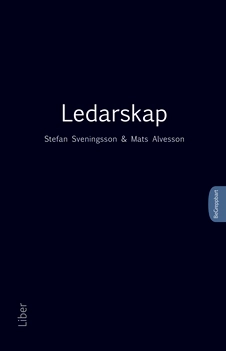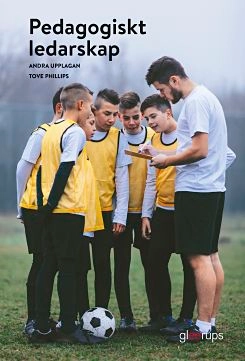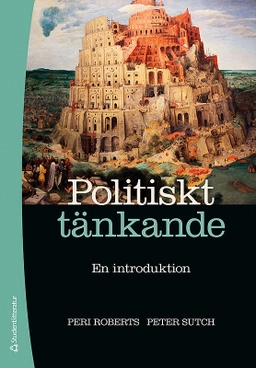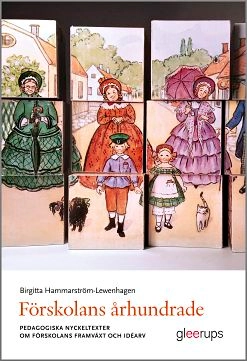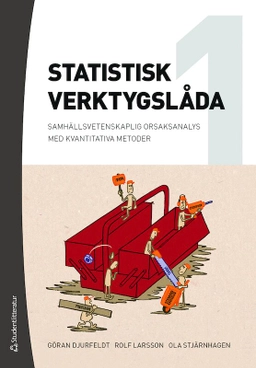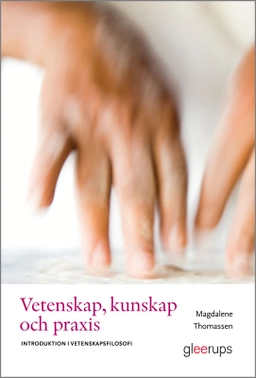Malmö studies in educational sciences nr 74. This thesis concerns the changing predispositions and conditions for contemporary meaning-making in school education. From a socio-cultural perspective, multimodal theory formation is used to find suitable tools and concepts for developing teaching and learning. The overall aims are to investigate and conceptualize meaning-making in school in the frame ofmultimodal theory. Firstly, the research questions are concerned with how teachers work with written; paper-based, expository texts, and secondly, with students' meaning-making, working with meaning-offerings from different modes and media. This is followed by questions surrounding the predispositions for a multimodal view in the Swedish curriculum outline. Finally, the consequences for the role of fiction in education, using multimodal theory formation as a framework are addressed. The thesis presents two empirical studies which investigate meaning-making in upper secondary education, followed by critical discussions of the cmTiculum outline and the role of fiction. The empirical data was collected using methods inspired by ethnography in classes taking social sciences and media courses. The analyses were inspired by multimodal research, and the main analytical tools consist of a discourse framework and model inspired by Roz IvaniC, the Leaming Design Sequence developed by Staffon Selander, the wheel of multimodality and the pedagogy of multiliteracies, both developed by the New London Group and Bill Cope and :Mary Kalantzis. The first study focuses on the teachers' perspective in trying to develop students' meaning-making through written, paper-based expository texts. Analyses within the discourse framework and design layer model are used to describe the teachers' practical theory. The wheel ofmultimodality is used to differentiate the meaning-offerings used in class, and the pedagogy of multiliteracies is used to describe and analyze the discussions in groups and with the teacher. Results highlight three major possibilities for working with written, paper-based expository texts: a vvider view on meaning-making, meaning-offerings encompassing several modes and media, and the teacher's modeling ofthe reading through discussion. The second study describes and analyzes meaning-making and design in learning \vith meaning-offerings from different modes and media from the students' perspective. The analytical tools are the wheel of multimodality, the Learning Design Sequence and the further-developed pedagogy of multiliteracies. Results show a similarity in meaning-making regardless of mode and media, staiiing with the visual mode and with the students focusing their efforts on comprehending the meaning-offering. This can be explained by lack of clarity and lack of guidance which are seen as obstacles for learning. The discussions surrounding the curriculum outline and the role of fiction show that, in using a multimodal theory formation frame, the curriculum does not explicitly support a multimodal view on meaning-making and that fiction can not be seen as unique due to neither mode nor media. The results suggest that multimodal theory formation gives access to tools that are useful in developing students' meaning-making according to the predispositions and conditions oftoday, in which reading development is viewed as part of developing meaning-making as a who lei and that meaning-making in school should be based on a non-hierarchical and inclusive view on modes and media to create a readiness and a flexibility to meet demands of a rapidly-changing society. As a consequence, the curriculum outline needs to be reworded and the role of fiction in education needs to be problematized.
Åtkomstkoder och digitalt tilläggsmaterial garanteras inte med begagnade böcker
